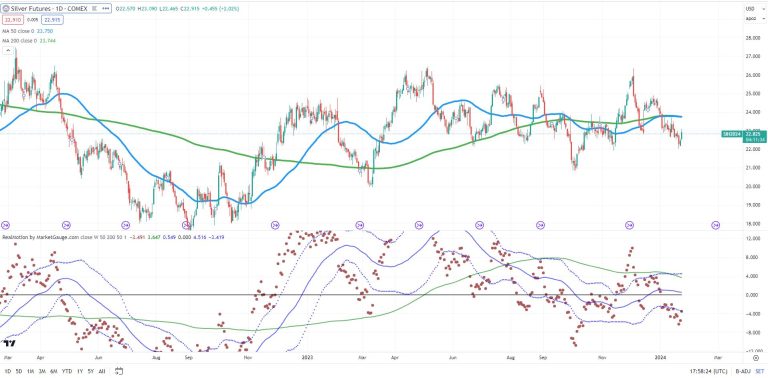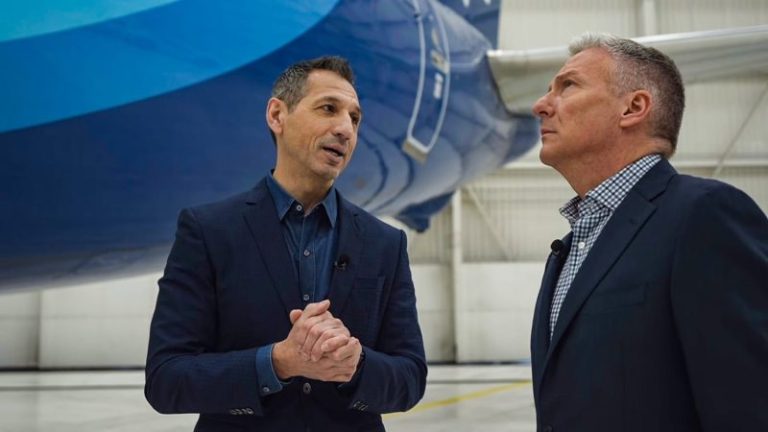Recency bias aside because of his 70-point performance Monday against San Antonio, Philadelphia 76ers All-NBA center Joel Embiid has been at or near the top of the MVP race all season.
He has been a force. But this is not a one-man race nor does one game determine the MVP. The remaining half season will do that.
Plus, Embiid is in danger of not playing the minimum required games to qualify for season-ending awards. He has missed 10 of Philadelphia’s 42 games and can only miss seven more the rest of the season to reach the 65 games played necessary to be eligible for awards.
Now that every NBA team has reached the midway point of the season, let’s take a look at the players who have emerged as leading contenders for the major awards.
The voting panel consists of: USA TODAY Sports NBA writer Jeff Zillgitt and USA TODAY NETWORK reporters Duane Rankin (Phoenix Suns beat writer for the Arizona Republic), Jim Owczarski (Milwaukee Bucks beat writer for the Milwaukee Journal-Sentinel), Dustin Dopirak (Indiana Pacers beat writer for the Indianapolis Star), Damichael Cole (Memphis Grizzlies beat writer for the Memphis Commercial Appeal) and Omari Sankofa II (Detroit Pistons beat writer for the Detroit Free Press).
MVP: Joel Embiid
The MVP race is far from settled. It’s a tight race between Embiid, Denver’s Nikola Jokic, Milwaukee’s Giannis Antetokounmpo and Oklahoma City’s Shai Gilgeous-Alexander.
Our voting panel puts Embiid, who won his first MVP last season, atop the list followed closely by the other three players based on his body of work. He averages a league-best 36.1 points per game plus 11.6 rebounds, 5.9 assists, 1.9 blocks and 1.2 assists while shooting 53.9% from the field and 36.3% on 3-pointers.
In order: Embiid, Jokic, Antetokounmpo, Gilgeous-Alexander, Dallas’ Luka Doncic, Phoenix’s Kevin Durant, Boston’s Jayson Tatum.
Rookie of the Year: Victor Wembanyama
This is between San Antonio’s Victor Wembanyama and Oklahoma City’s Chet Holmgren with Miami’s Jaime Jacquez Jr. entrenched in third place.
How one determines who is having the better year is a difficult exercise considering the difference in quality between the first-place Thunder and 15th-place Spurs. Some of Holmgren’s statistics look better because he plays on a better team, and it’s possible Wembanyama’s stats – especially his shooting numbers – would be better if the situations were reversed. And that’s not to detract from what Holmgren is doing. He is impressive. It comes down to whom you think is having the best season.
Wembanyama: 20.3 ppg, 10.0 rpg, 3.2 bpg, 2.9 apg, 1.1 spg, 46.4% FG, 29.9% 3P, 80.7% FT.
Holmgren: 17.1 ppg, 7.2 rpg, 2.8 apg, 2.6 bpg, 54.1% FG, 38.2% 3P, 78.8% FT.
In order: Wembanyama, Holmgren, Jaime Jacquez Jr., Charlotte’s Brandon Miller
Sixth Man of the Year: Tim Hardaway Jr.
It’s hard to argue with what Dallas’ Tim Hardaway Jr., Sacramento’s Malik Monk and Los Angeles Clippers’ Norman Powell are doing. Among players who have played a majority of their games as reserves, Hardaway averages a league-best 17.1 points and makes 36.2% of his 3-point attempts.
In order: Hardaway Jr., Monk, Powell, Indiana’s Bennedict Mathurin, Cleveland’s Caris LeVert, Utah’s Jordan Clarkson
Most Improved Player of the Year: Tyrese Maxey
Most Improved is one of the more difficult awards to navigate because better scoring, rebounding and assists numbers doesn’t equate to a better season. Maybe it’s just more minutes played compared to the previous season, leading to more impressive stats. But you also can’t discount that more minutes means more responsibility.
Philadelphia 76ers guard Tyrese Maxey is the choice so far as he prospers without sharing the backcourt with James Harden. Maxey averages 25.8 points (five more than last season) and 6.7 assists (three more than last season), keeps his turnovers to 1.6 per game and shoots 44.9% from the field, 37.9% on 3s and 86% from the foul line.
In order: Maxey, Houston’s Alperen Sengun, Indiana’s Tyrese Haliburton, Toronto’s Scottie Barnes, Chicago’s Coby White.
Defensive Player of the Year: Rudy Gobert
On a team with the No. 1 defense in the league, Minnesota Timberwolves center Rudy Gobert is the choice. The Timberwolves allow 109 points per 100 possessions, and that drops to 105.8 per 100 possessions with Gobert on the court. He also averages 9.0 defensive rebounds and 2.1 blocks.
In order: Gobert, Los Angeles Lakers’ Anthony Davis, New York’s OG Anunoby, Boston’s Kristaps Porzingis, Oklahoma City’s Shai Gilgeous-Alexander, Philadelphia’s Joel Embiid, Miami’s Bam Adebayo, San Antonio’s Victor Wembanyama, Boston’s Derrick White.
Clutch Player of the Year: Tyrese Haliburton
The NBA last season added this award to its regular-season honors, and it’s unique. The NBA defines clutch play as the final five minutes of the fourth quarter or overtime when the game is within five points.
This season, the usual suspects pop up: Damian Lillard and Steph Curry.
But one player has been extremely impressive in those game-deciding moments this season: Indiana’s Tyrese Haliburton. In clutch time, Haliburton averages 4.0 points and shoots 64.5% from the field, 60% on 3s and 100% on free throws.
In order: Haliburton, Golden State’s Steph Curry, Milwaukee’s Damian Lillard, Philadelphia’s Joel Embiid, Dallas’ Kyrie Irving, Dallas’ Luka Doncic.
Coach of the Year: Minnesota’s Chris Finch
Right now, this is a two-man race between Minnesota’s Chris Finch and Oklahoma City’s Mark Daigneault – though Los Angeles Clippers’ Ty Lue could make a run if the Clippers continue to rise in the Western Conference standings. Finch and Daigneault have been fantastic.
Finch gets the nod with the 30-13 Timberwolves.
In order: Finch, Daigneault, Lue, Utah’s Will Hardy, Boston’s Joe Mazzulla.
Executive of the Year: Oklahoma City’s Sam Presti
Disclosure: Media members do not vote for this award (other executives do) but we’re including it here to acknowledge front-office executives who deserve credit for team-building.
Oklahoma City executive vice president and general manager Sam Presti has assembled a strong, young team featuring Shai Gilgeous-Alexander, Chet Holmgren, Jalen Williams and Josh Giddey. And Presti has stockpiled draft picks to make improvements via trades or through the draft. For the second time with the Thunder, Presti has built a team that can win now and in the future.
In order: Presti, Boston’s Brad Stevens, Minnesota’s Tim Connelly, Dallas’ Nico Harrison, Denver’s Calvin Booth, Milwaukee’s Jon Horst, Los Angeles Clippers’ Lawrence Frank.










